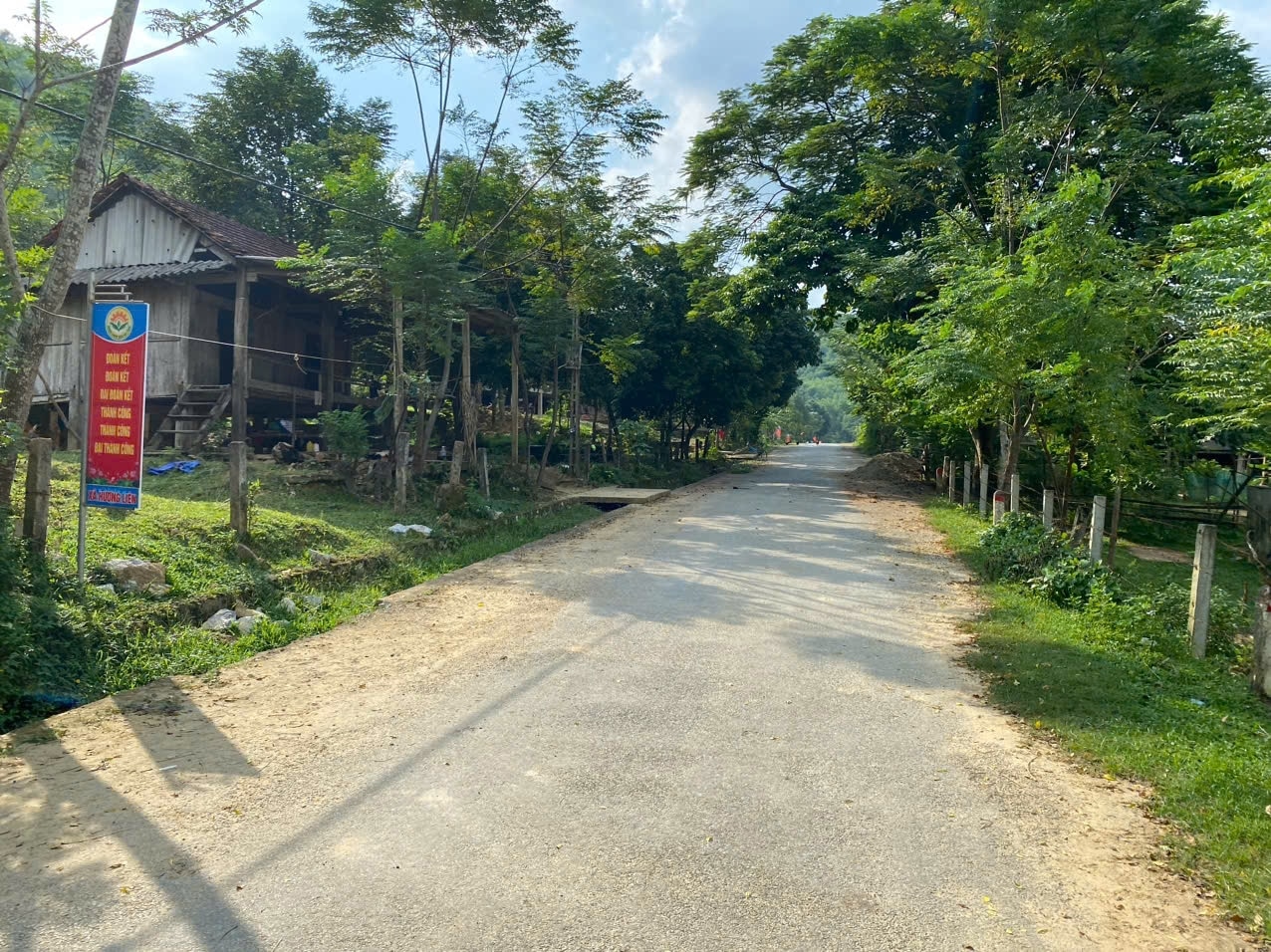
Busy life at the foot of Ka Day mountain
Decades after leaving the deep mountains to settle down and receiving a lot of support from investment programs and projects of the Party and State, Rao Tre village still faces many difficulties today.
Except for the newly built kindergarten, its plaster paint standing out among the mountains and forests; there are still low-roofed houses - shelters for the poor.
The first woman we met, she introduced herself as Ho Thi Nga, with a haggard face. In front of her small, dilapidated house, she said: “There is little productive land, no forest land… so life is very difficult. Every month, my family receives rice subsidies twice.”
I asked: If I am supported with breeding cows and pigs, will there be land to raise them? She waved her hand to the mountain range behind the house and said: Just leave them there, they will all survive.
A distance from Mrs. Nga’s house was a house that was more solid because of its concrete pillars, but it was no less shabby. On an old bed on the floor lay a languid figure. Next to it, two children sat leaning against a pillar. An old man sat on the steps next to it, silently, watching.
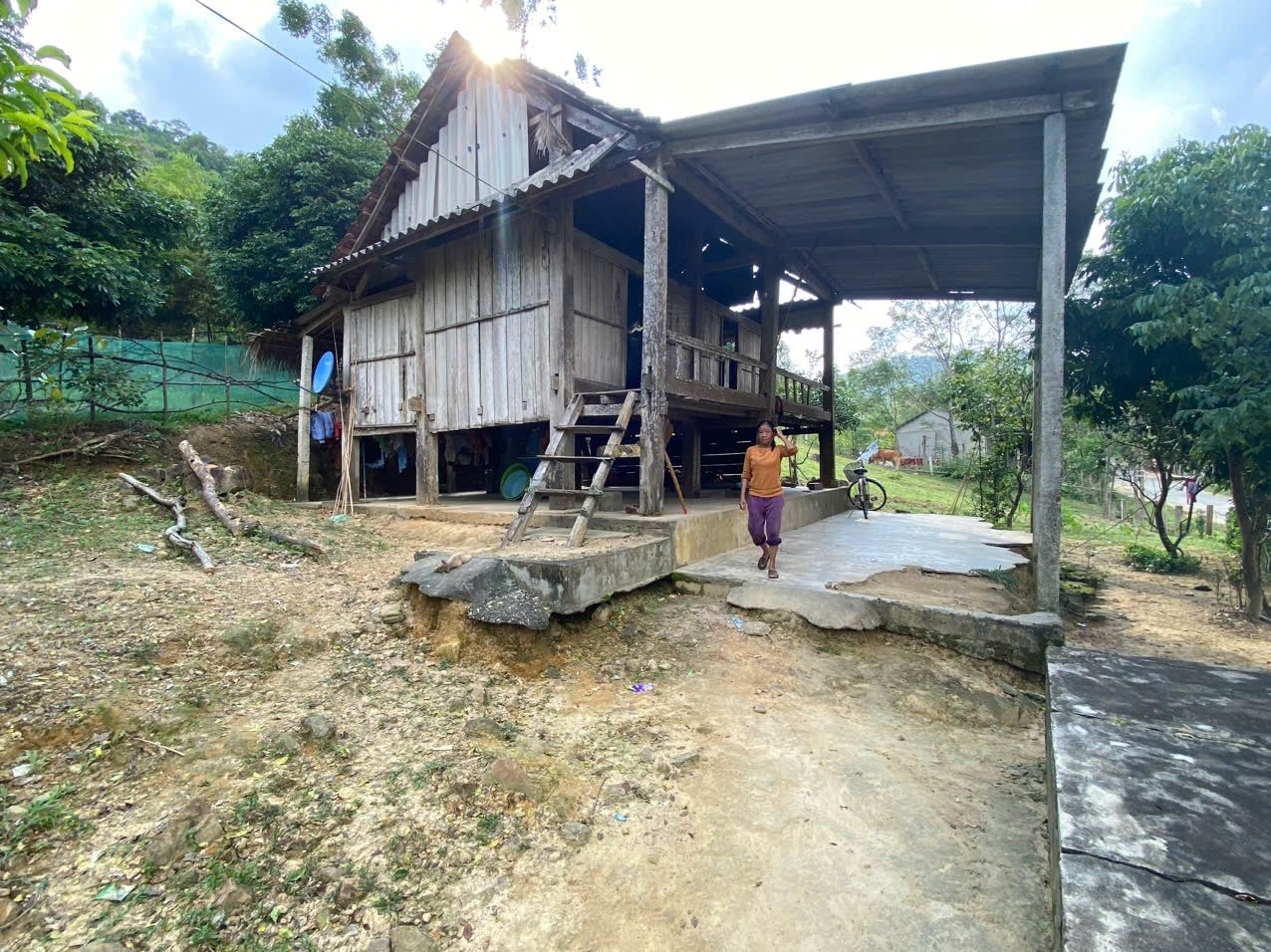
When asked about the owner of the house, an older child sitting in the corner mumbled: Mrs. Ho Thi Cong's house.
I approached the old man and asked him, and he replied that the land was small, so the rice was not enough to eat, and he had to wait for support from his superiors. I asked again: why don't the children still in preschool age go to school? The old man said: he is lazy to study, he doesn't want to go so he stays home and plays.
Observing the lives of the Rao Tre people, we could not help but feel sad. Many areas of land around the house were abandoned, overgrown with weeds. A few buffaloes and cows were munching grass at the edge of the garden… In front of the village, the land planned for wet rice production was left with only stubble; the people must have just finished harvesting not long ago.
Talking to us, Chairman of Huong Lien Commune People's Committee - Nguyen Sy Hung honestly said: Rao Tre village has 57 households, 177 people but the people's lives are still very difficult, the poverty rate is up to 42.3% and more than 44% of near-poor households. Agricultural production only meets 50% of food needs, because the whole village only has 2.5 hectares of rice fields, so every year the State has to support an additional 6 months of food. Roughly, the whole village has about 30 buffaloes and cows. Pigs, chickens, ducks... are very few.
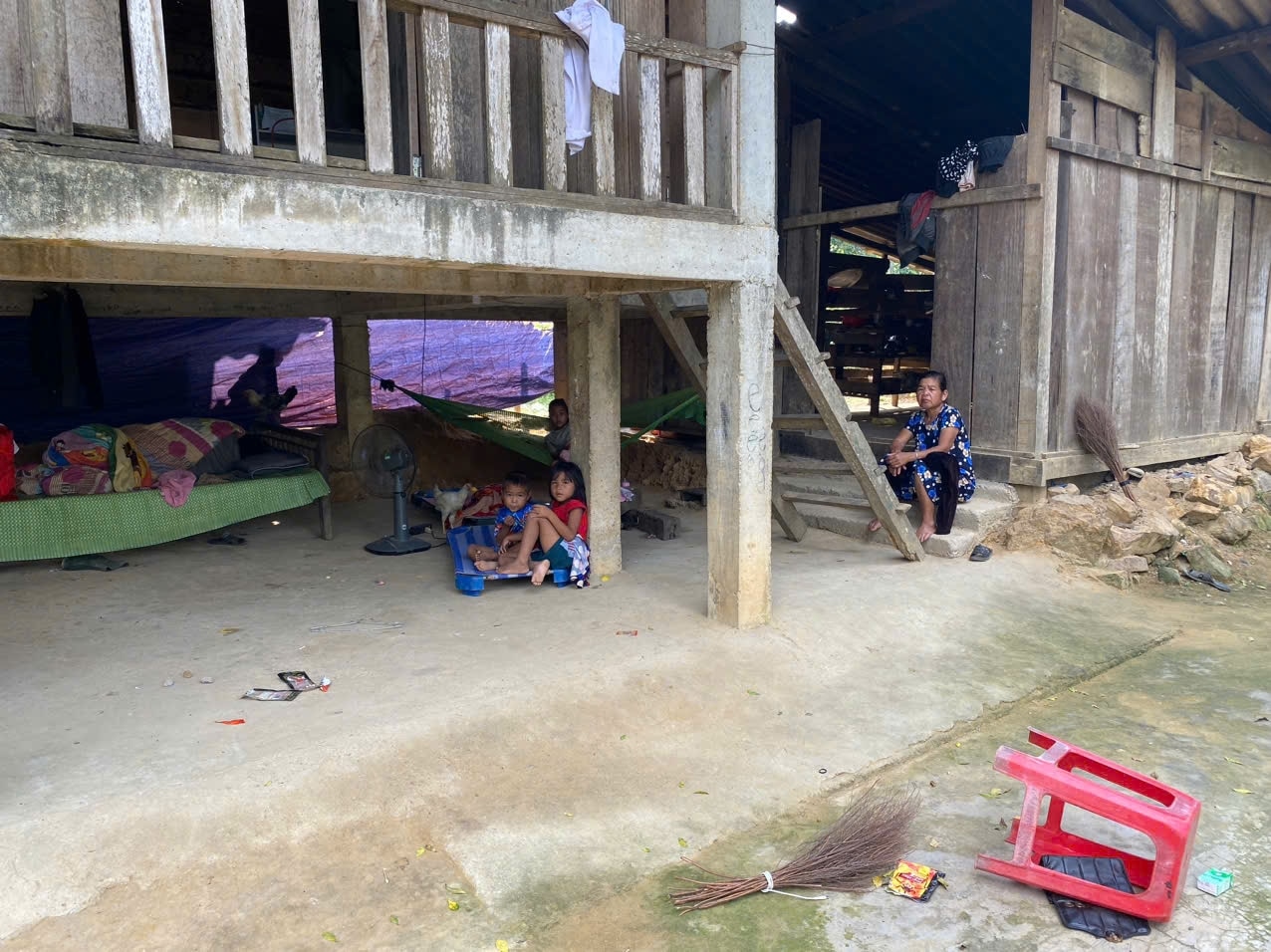
The National Target Program cannot fill the gap
Previously, many programs and projects have also invested and supported the Chut people in Rao Tre. Along with the attention and support of forces such as the Border Guard, associations and organizations at all levels; especially, since the implementation of the National Target Program on Socio -Economic Development for Ethnic Minority and Mountainous Areas, Phase I: from 2021-2025, up to now, there have been more resources for the people here.
Agricultural tools, plants, breeds, production methods, cultivation techniques, etc. have also been transferred to the people in Rao Tre village. Even the authorities in Ha Tinh have organized the establishment of the "Rao Tre Village Production Team" with 20 households participating, renovating fields and cultivated land with an area of 2.65 hectares for cultivation; along with that, building 20 barns for 20 households participating in the project of raising cows for livelihood.
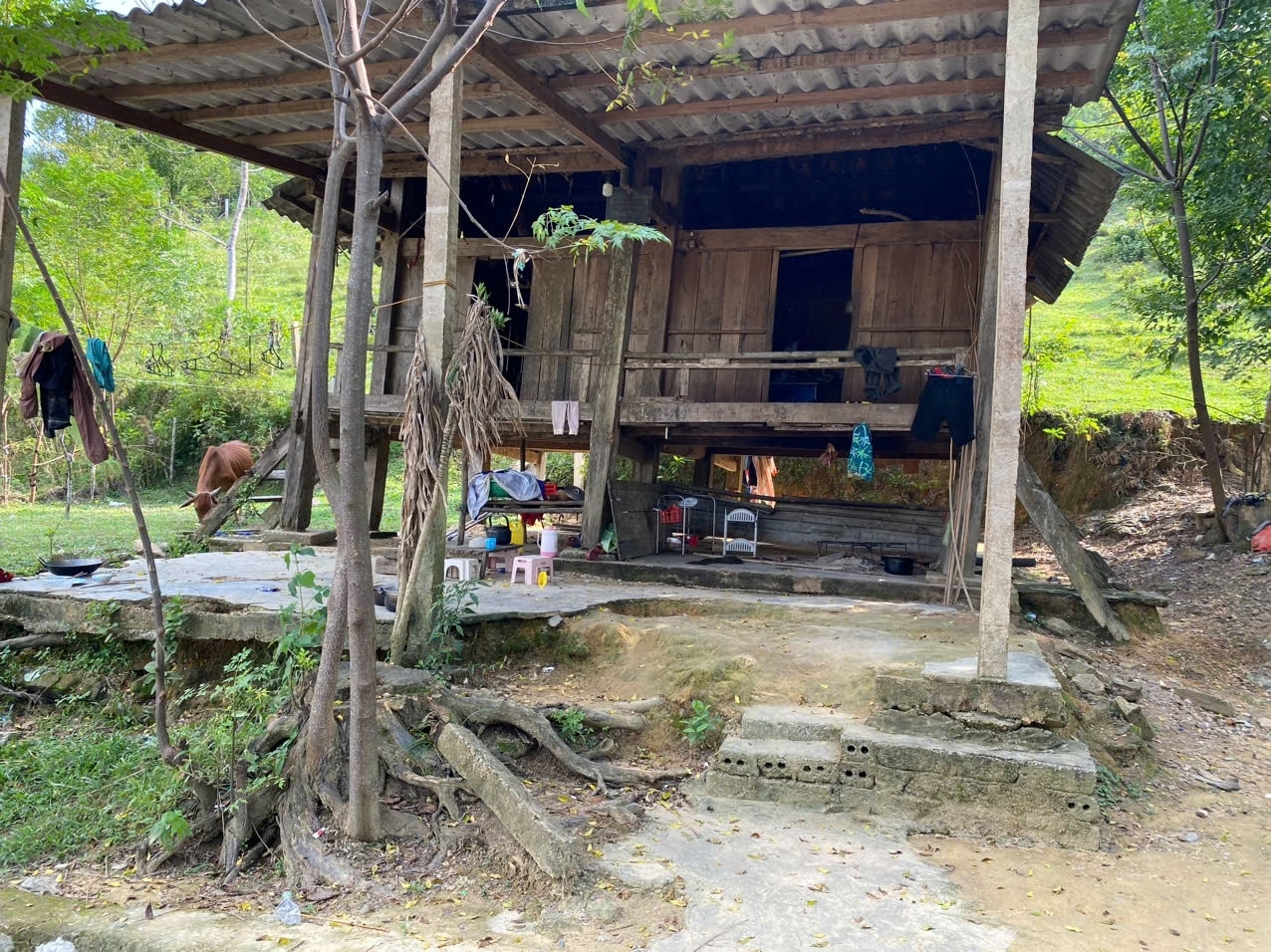
However, these investments and supports still cannot cover up the difficulties and hardships of a land. Just look at the data provided by the People's Committee of Huong Khe district, it is clear. In reality, the life of the Chut ethnic people is still very difficult; the level and awareness are still much lower than the general level in the district and in Huong Lien commune.
In addition, infrastructure and production service conditions have not been fully invested; some houses, auxiliary works, and livestock facilities have not met requirements; land area for crop and livestock production is still small and difficult, not self-sufficient in food; clean water system for daily life is still lacking and not guaranteed; the rate of poor households and multidimensional poverty is still high; the status of consanguineous marriage is high; poor health, slow intellectual development, stunted physical strength, low average life expectancy.
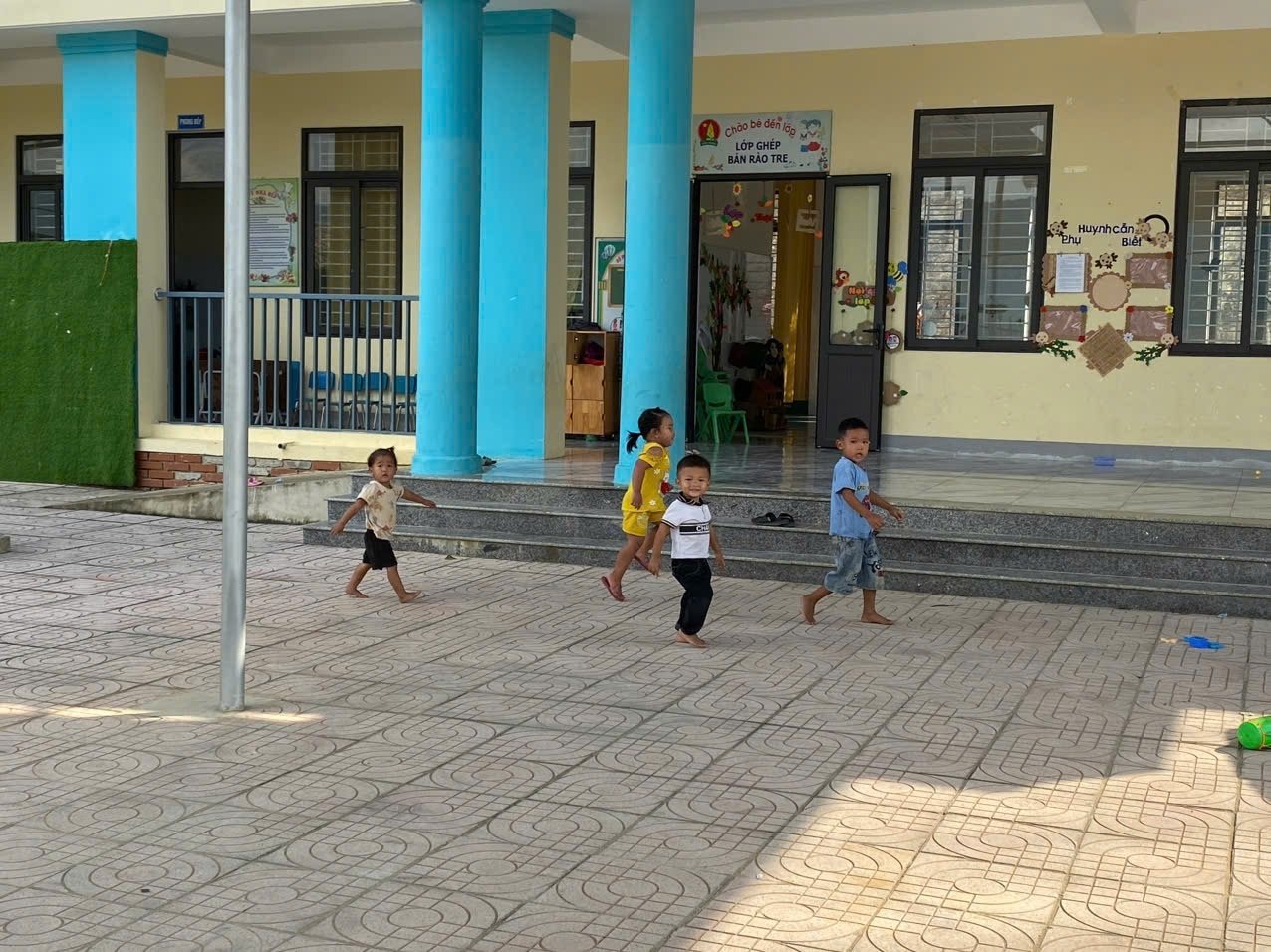
In Rao Tre, there are currently 30 solid houses and 15 wooden houses in disrepair. In particular, there are 5 houses that are seriously degraded and 2 newly-owned households that do not have a house and still have to live with their parents.
The boundaries of the land plots in Rao Tre village are not clear, affecting the land use of the people. The reason is that after the handover and the full certificate has not been issued, it is difficult to determine the specific location. On the other hand, the land fund planned for forestry with an area of 75 hectares and rice cultivation of 2.5 hectares, and crop land of 0.5 hectares has not been effectively promoted by the people.
Leaving Rao Tre, we still hope that this place will be different. Because in the coming years there will be more content, support projects, and investment for this land; because there will be many levels, sectors, and dedicated people, "4 together" with the local people to build a new life.
To have that day, starting today, Rao Tre needs a new “revolution” to change. And that “revolution”, in addition to supporting livelihoods, housing, trees, seeds…, the important thing is to raise awareness so that people can be more proactive and self-aware in life. Although we know that the change in awareness and ideology has never been easy.
The person who contributed to changing the Chut village in Rao Tre



![[Photo] Hanoi morning of October 1: Prolonged flooding, people wade to work](https://vphoto.vietnam.vn/thumb/1200x675/vietnam/resource/IMAGE/2025/10/1/189be28938e3493fa26b2938efa2059e)


![[Photo] President of the Cuban National Assembly visits President Ho Chi Minh's Mausoleum](https://vphoto.vietnam.vn/thumb/1200x675/vietnam/resource/IMAGE/2025/10/1/39f1142310fc4dae9e3de4fcc9ac2ed0)
![[Photo] Keep your warehouse safe in all situations](https://vphoto.vietnam.vn/thumb/1200x675/vietnam/resource/IMAGE/2025/10/1/3eb4eceafe68497989865e7faa4e4d0e)





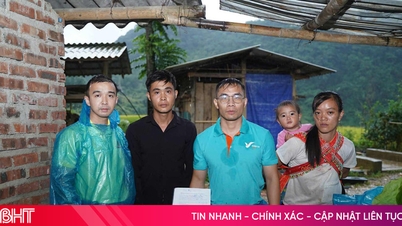
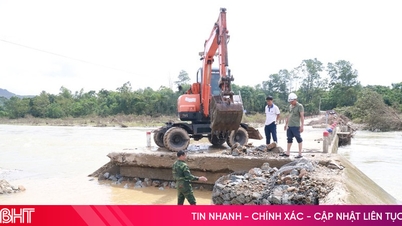
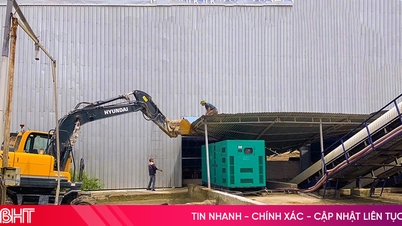

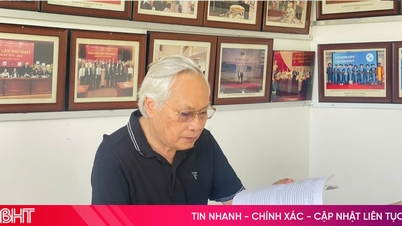







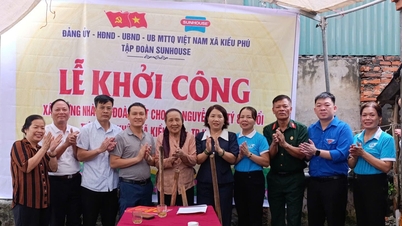
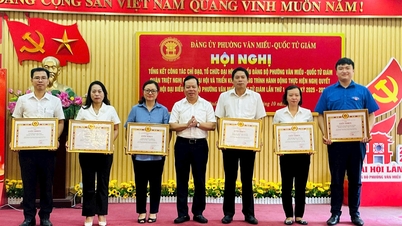
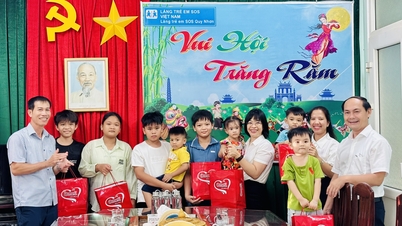







































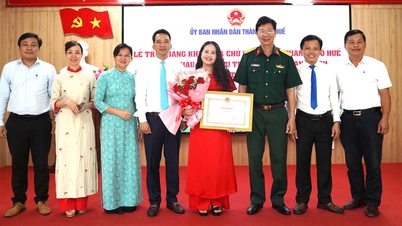

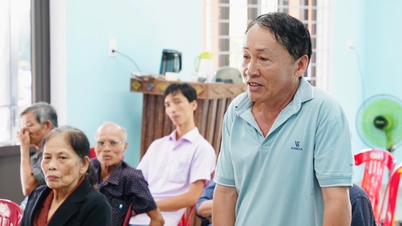
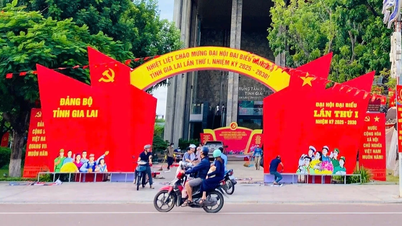



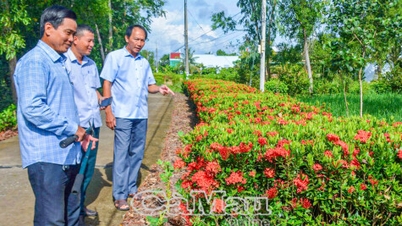

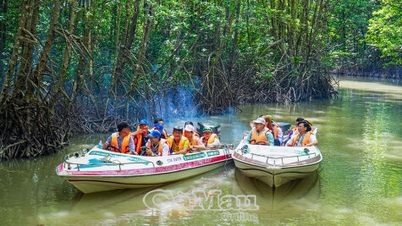














Comment (0)